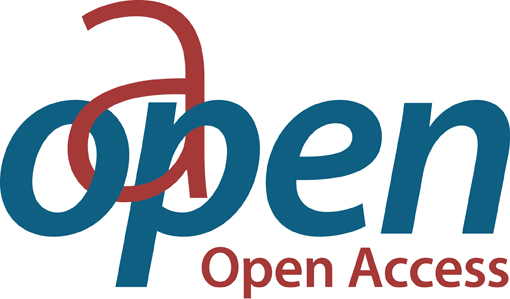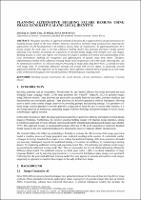Chapter Planning Alternative Building Façade Designs Using Image Generative AI and Local Identity
Author(s)
Jo, Hayoung
Chae, Sumin
Choi, Su Hyung
Lee, Jin-Kook
Language
EnglishAbstract
This paper describes an approach utilizing Generative AI to support diverse design alternatives for building facades based on the local identity. Extensive research is currently being conducted for exploring the applications of LLM-based generative AI models to diverse kinds of visualizations. By applying generative AI to facade design, the study aims to develop additional training models that generate alternative design options reflecting local identity, facilitating the acquisition of remodel design images from multiple texts and images. Building facades in cities and regions are essential for people's aesthetic perception and understanding of the local environment, enabling the recognition and differentiation of specific areas from others. Therefore, implementation method of the additional training model based on generative AI in this study, reflecting this, can be summarized as follows: 1) collection and pre-processing of image data using Street View, 2) pairing text data with image data, 3) conducting additional training and testing with various inputs, 4) proposing relevant application methods. This approach can be expected to enable efficient communication of design at an early stage of the architectural design process beyond traditional 3D modeling and rendering tools
Keywords
Building facade; Generative AI; Local identity; Design alternative; Additional Training ModelDOI
10.36253/979-12-215-0289-3.92ISBN
9791221502893, 9791221502893Publisher
Firenze University PressPublisher website
https://www.fupress.com/Publication date and place
Florence, 2023Series
Proceedings e report, 137Classification
Artificial intelligence


 Download
Download Web Shop
Web Shop